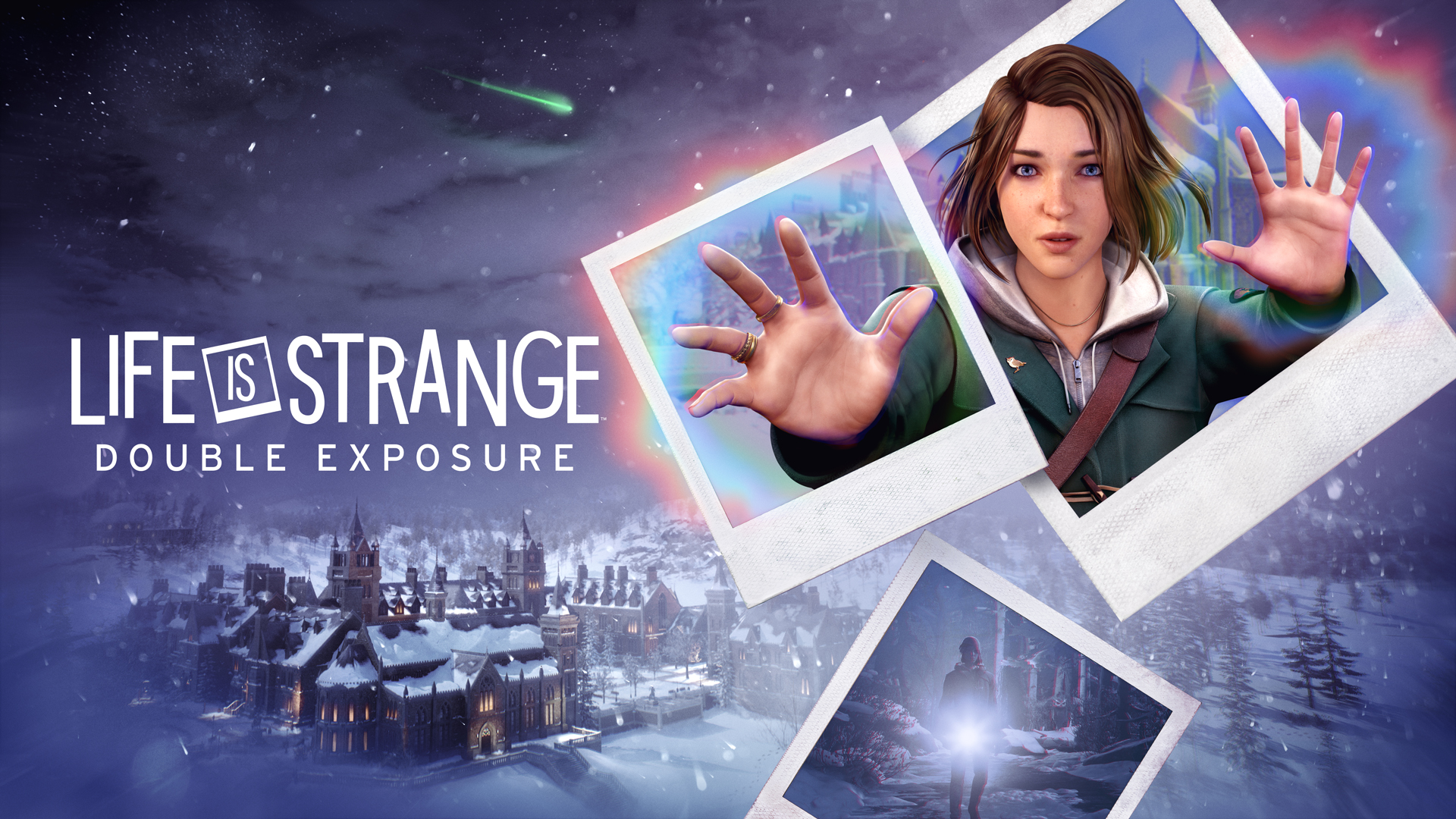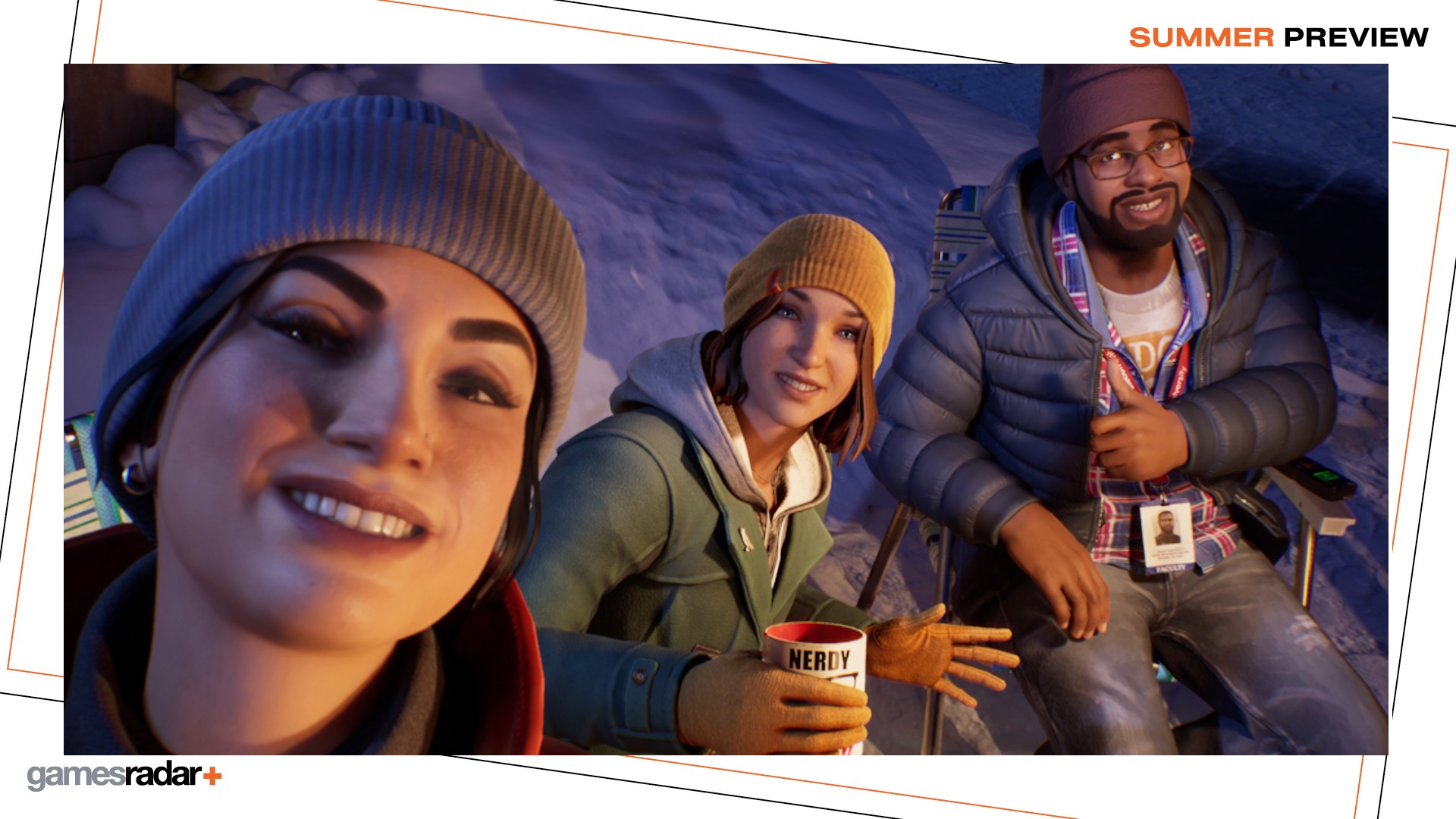
The reveal of Life is Strange: Double Exposure has filled many fans with a mix of excitement and trepidation. A direct sequel to the first game, Double Exposure places us in an unfamiliar town many years later, with Max now an artist-in-residence at a prestigious university. She's forced to turn detective once more when, in true Life is Strange fashion, her new friend Safi is suddenly murdered.
While many were happy to see Max return to the series after so many years, something was different about the reveal trailer. Where was Chloe Price, the childhood friend who (spoiler alert) was potentially sacrificed by Max at the end of Life is Strange 1 in an agonizing moment of choice: save Chloe, or save her hometown of Arcadia Bay?
Developer Deck Nine confirmed that Double Exposure "will honor both of those endings", but a little bit of apprehension is understandable, especially given Max's markedly different supernatural abilities now that Rewind has been seemingly swapped out for the timeline-jumping Shift power. Yet this isn't the first time a team of writers have taken on the difficult challenge of creating a sequel that moves beyond the seemingly-definitive final choice at the end of the original Life is Strange. There are six volumes of comics to that end – 27 issues in total – and they could be a blueprint for how this new game could approach Max's sudden return to the gaming spotlight.
Turning the page
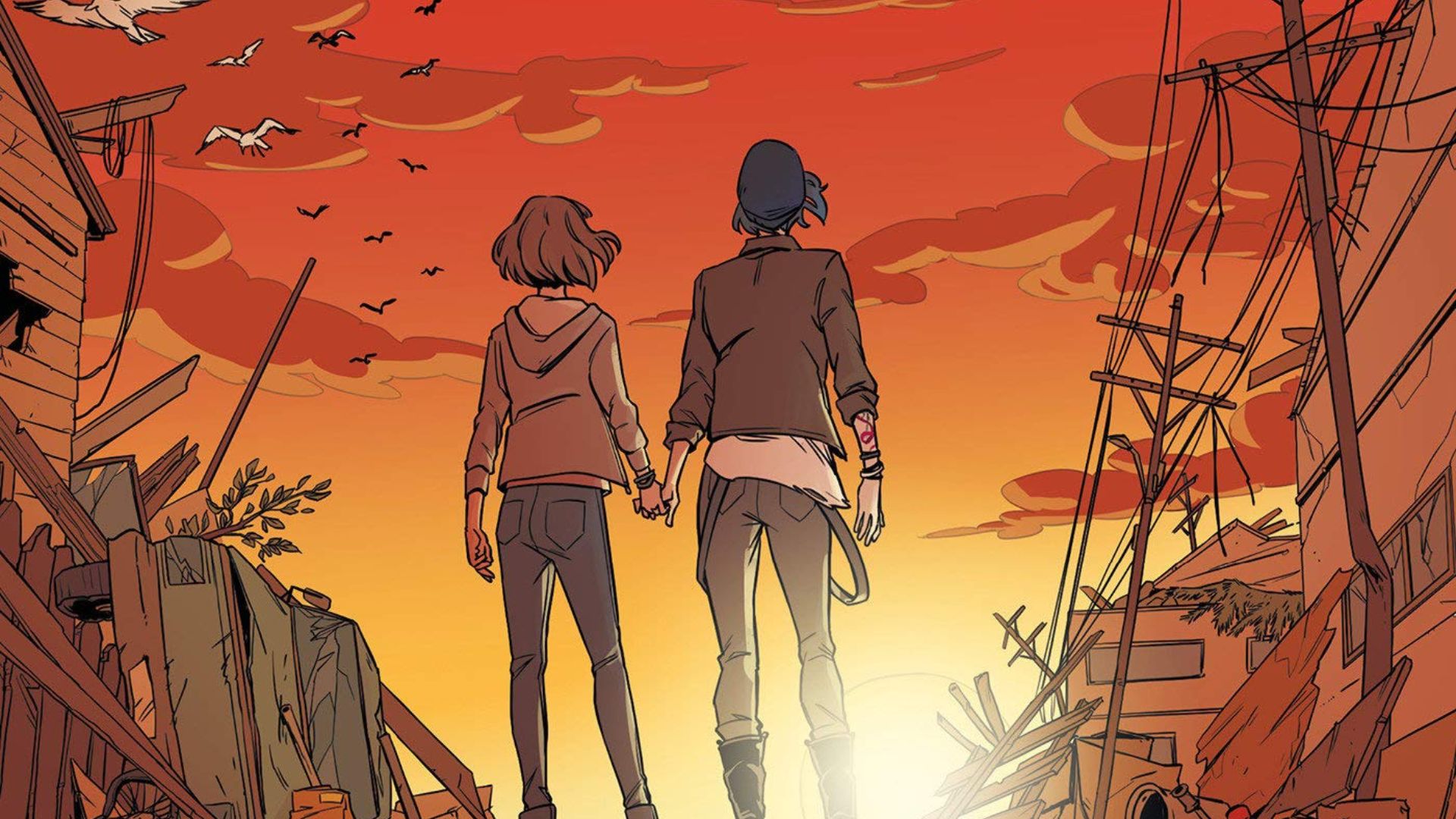
In 2018, Emma Vieceli penned Titan Comics' series of officially licensed Life is Strange comic books. The saga sought to tell an all-new story following the events of the original game that, just like Double Exposure, used the concept of parallel universes to expand upon the setting of the original and its characters. The Life is Strange comics begin one year after the events of Life is Strange 1, following the choice pathway that leads Max to sacrifice Arcadia Bay rather than her best friend and burgeoning love interest.
The first issue sees Max and Chloe living together in Seattle, lacking a permanent home but having each other – and even making some new friends in the form of a band called The High Seas. As a memorial is planned for the Arcadia Bay tragedy, hosted by Nathan Prescott's family in the rebuilt town, Max begins to see visions of parallel universes showing her what could have happened had she only chosen differently.
She returns to Arcadia Bay hoping the visions will subside, but they only get worse, leaving her with no choice but to leave her universe's Chloe behind to jump into these parallel universes to find an answer to these visions. Staying will only cause more pain, she reasons. Maybe when everything is over, they can be together again.
Far from an excuse to bring back a fan-favorite character, these comics justify their existence by using these parallel universes to force readers to reckon with the chaos their past in-game choices left in creating this mess in the first place. Not only must the audience face the consequences of the choices through these parallel universes, their mere existence is a form of metatextuality, questioning our own role as puppetmasters controlling a universe and characters whose lives are not our own.
Survivor's guilt
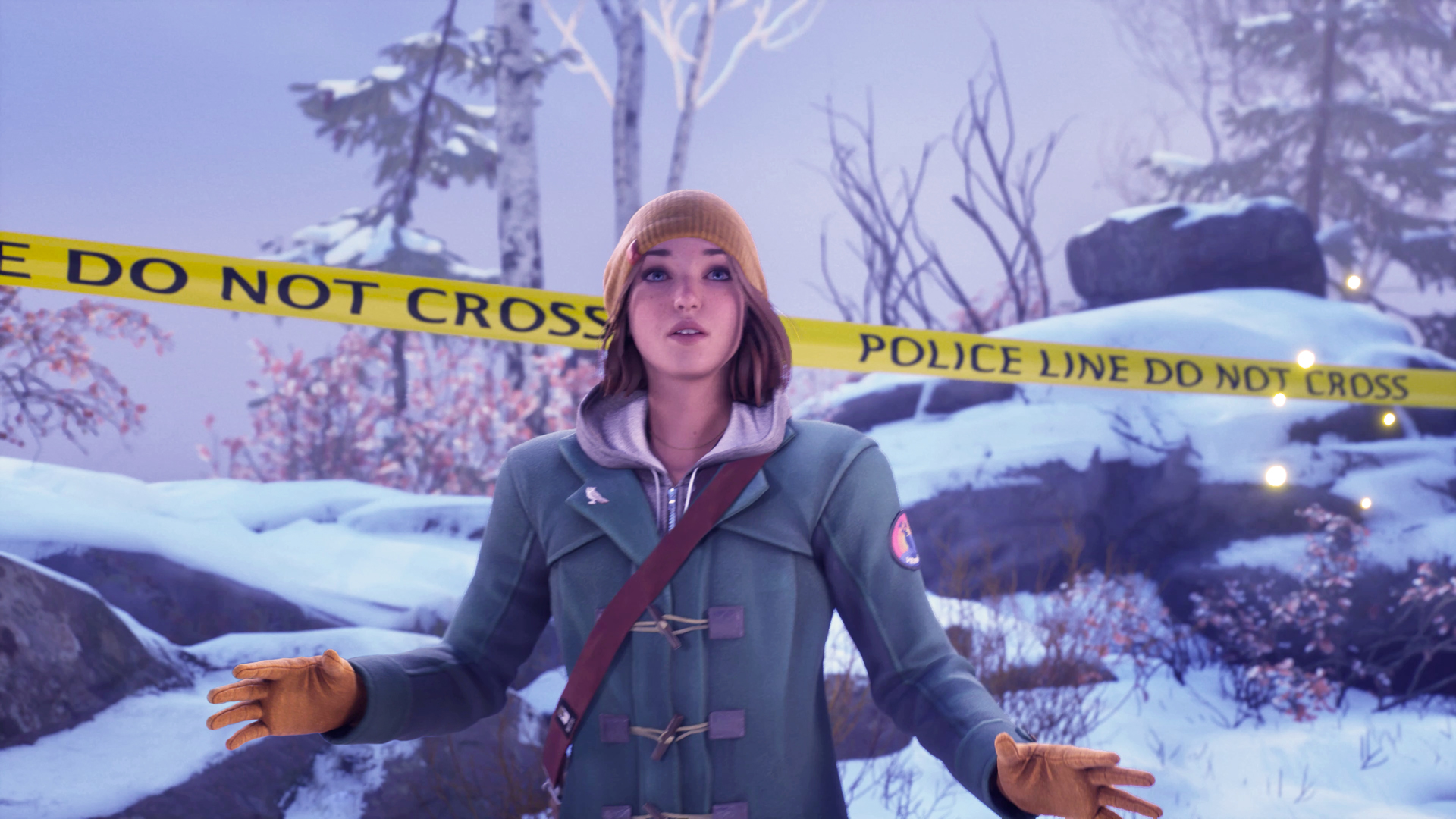
Revealing Max's universe-hopping exploits to a broader range of characters could bring new complexity to every decision we make in Double Exposure.
After Max says goodbye to her Chloe and jumps into the parallel timeline at the end of issue four, she meets a new Chloe, enjoying life in Santa Monica with her now-alive partner Rachel. As issue five begins, two years have passed since she started living with the pair, with Max now forced to build a new life in this unfamiliar universe she is now trapped in.
All the while, she keeps her universe-hopping abilities secret from everyone but Tristan, a young boy with similar powers to jump between timelines. While emotionally distant from the people she cares for in this universe due to her powers, she nonetheless experiments with her powers and tries to find a way home even as her powers disrupt the order of this universe without the consent of its inhabitants.
When Max eventually reveals the truth, a variety of emotions bubble to the surface: anger, confusion, shock as Rachel comprehends that she has been murdered in another timeline, betrayal from Chloe that they were barred from learning the truth of her return until now. It's a look in the mirror: what right did Max – or I, as the player – have to make those decisions?
The comics shine by forcing these characters to reckon with the consequences of the decisions we made through them. It even turns the concept of a choice-driven narrative game on its head, forcing us to become passive observers as the characters solve their problems without us. As they find their solutions without our involvement, it's hard not to wonder whether we should have been allowed to interfere in their lives. Parallel universes bring the what-ifs and consequences of our actions to the forefront, blending emotional depth with internal conflict that leaps from the page through the medium of comics.
We don't yet know how parallel universes will play out within the world of Life is Strange: Double Exposure. While the developers have explained that we will jump between timelines to solve the murder-mystery at the game's core, an extended gameplay showcase notably avoided showing this mechanic in action. By taking advice from these comics, we can uncover one potential approach for Deck Nine to take this new adventure.
Worlds of possibilities
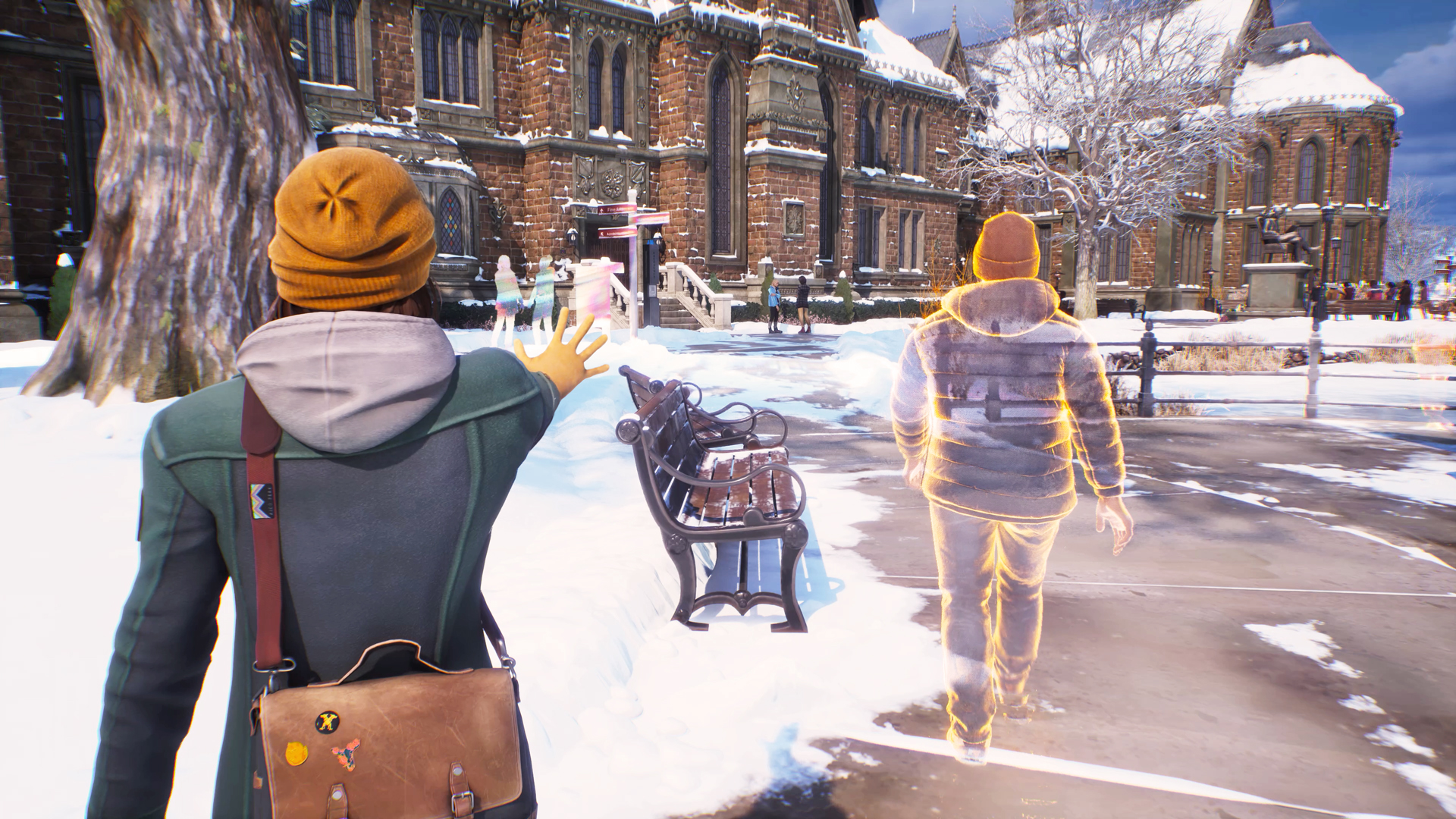
The LIS comics shine by forcing these characters to reckon with the consequences of the decisions we made through them.
Rather than leaving the player to be the sole arbiter of justice and choice within Double Exposure's world, revealing Max's universe-hopping exploits to a broader range of characters could bring new complexity to every decision we make. If characters could see what these parallel timelines did to their world, allowing them to understand their choices are not entirely their own – and perhaps even see what life could be without Max’s interference – how would they feel?
So far, only Safi's best friend Moses is confirmed to be aware of Max's powers. Were more people to learn the truth, she may be forced to contend between her own desire to save Safi’s life, and her pulling the strings of the lives of her peers without their knowledge. How can Max, and in turn the player, really know what's best for these people?
The comics showcase parallel universes as a natural evolution of Max's power, adding emotional complexity as we see how her powers isolate her from others while also manipulating them. Through it, even the desire to make a choice is a narrative weapon. Being forced to reckon with the fact that she even had to make that choice in the first place would elevate this beyond a mere murder mystery, justifying Max's return by using her emotional baggage from the first game to raise the stakes yet higher.
Much remains to be seen as to what direction Deck Nine will take with Life is Strange: Double Exposure ahead of the game's October release date. It's easy to project what I hope to see from this adventure like this, but what excited me most about Max's original story was the surprise of the unexpected. I just hope I don't wish I traveled to a parallel universe to experience another Life is Strange by the ending.
If choice-driven narrative adventures are your bag, check out these other games like Life is Strange.
